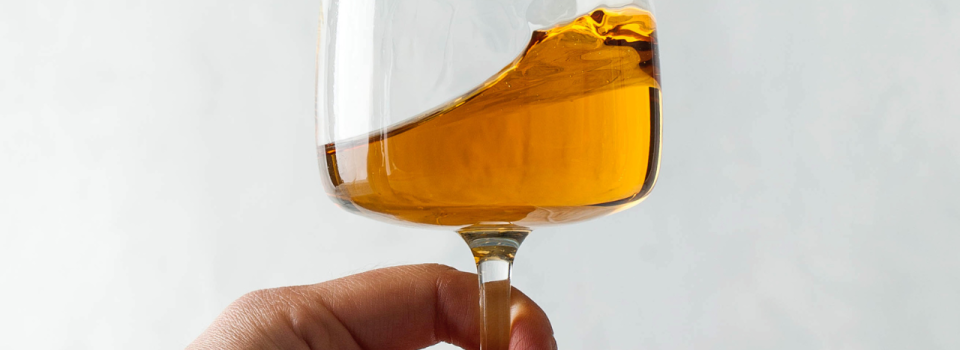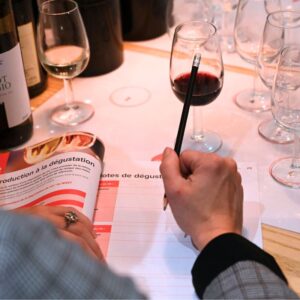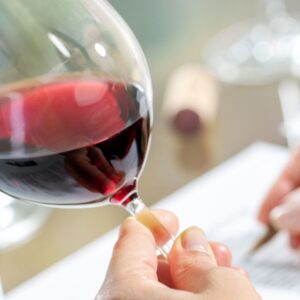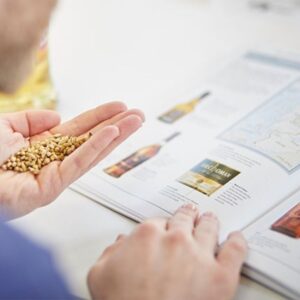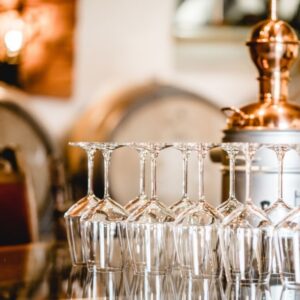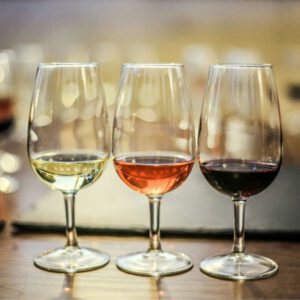Orange wine is increasingly captivating wine enthusiasts, sommeliers, and professionals worldwide. Balancing ancient tradition with modern winemaking, this unique style draws attention with its fascinating amber color, complex aromas, and its ability to highlight the grape variety and terroir.
But what exactly is orange wine? Unlike classic white or red wines, orange wine is made from white grapes that undergo extended skin contact during fermentation. This technique, known as orange winemaking or extended maceration, allows the wine to develop tannic structure, intense aromas, and remarkable depth, offering a truly distinctive tasting experience.
In this article, we provide a comprehensive guide to orange wine: from its history and iconic terroirs to winemaking techniques, sensory analysis, food pairings, and current market trends.
You will also discover why studying amber wine with Weeno is an essential advantage for any professional seeking to enhance their expertise and develop advanced tasting and analytical skills.
1. History and origins of orange wine
Orange wine is far more than a contemporary trend—it has its roots in a millennia-old winemaking tradition. Its origins date back several thousand years, with archaeological evidence placing the birth of orange wine in the Caucasus, particularly in Georgia, the cradle of global viticulture.
Ancient Georgians used qvevris, large clay amphorae buried underground, to ferment and macerate white grapes with their skins, creating wines with a striking amber color and intense aromas.
Expansion in Europe and modern adoption
After Georgia, the practice gradually spread to Italy, where regions such as Friuli and Piedmont preserved this tradition of skin-contact winemaking, as well as to Slovenia, both inland and coastal.
In France, vineyards in the Loire Valley, Jura, and Southwest regions have recently adopted the technique, producing highly sought-after contemporary amber wines.
In the 21st century, orange wine has seen growing popularity across Europe and the New World, particularly in the United States, Australia, and New Zealand, driven by sommeliers and enthusiasts of natural and experimental wines. This renewed interest is fueled by curiosity for atypical aromatic profiles, structural complexity, and the unique way these wines express their terroir.
Anecdotes and historical facts
- The earliest written mentions of white wines macerated with skins date back several centuries in Georgian and Italian archives.
- In Georgia, orange wine is more than a drink—it is an integral part of traditional rituals, especially the supra, Georgian feasts where wine is consumed in large quantities alongside ceremonial toasts.
- Amber wine was long forgotten or marginalized in Western Europe, only to re-emerge in the 2000s with the rise of natural and biodynamic wines, captivating enthusiasts with its authenticity and unique style.
In summary
Amber wine combines a millennia-old historical tradition with contemporary reinvention, offering both enthusiasts and professionals a style that is rich, complex, and deeply rooted in viticultural culture. Its long history and distinctive skin-contact winemaking make it an essential wine style for those looking to explore wine diversity and understand the richness of terroir.
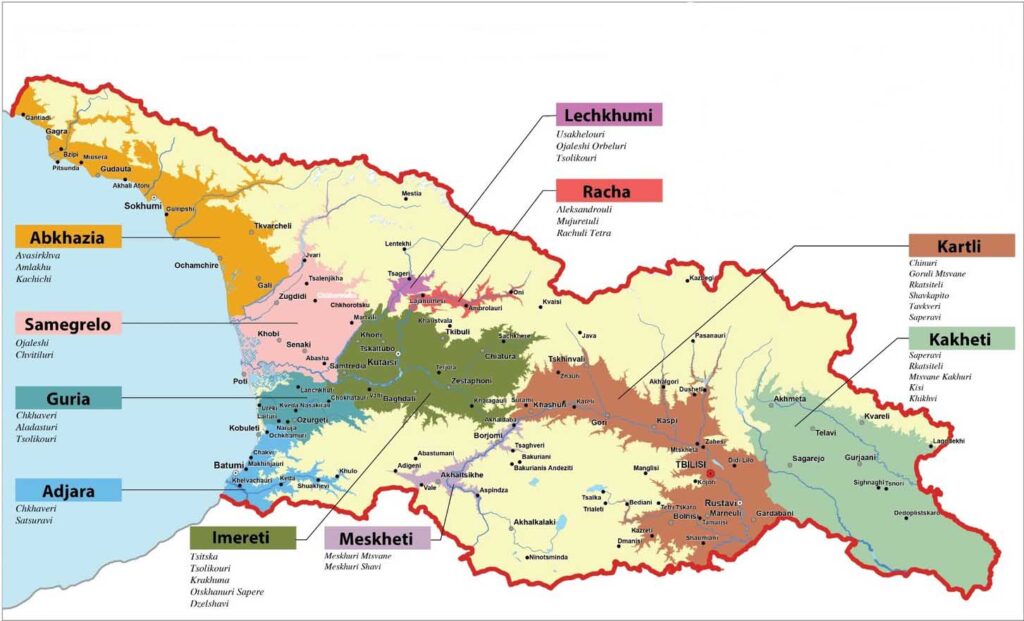
2. Characteristics of orange wine
Amber wine stands out thanks to its unique combination of ancestral winemaking techniques and atypical aromatic profiles, making it both fascinating and challenging to understand.
Grape morphology and selection
Although called “amber wine,” it is primarily made from white grapes that undergo a special vinification process. The most commonly used grape varieties vary depending on the terroir:
- Georgia: Rkatsiteli, Kisi
- Italy (Friuli): Friulano, Malvasia, Ribolla Gialla
- France: Sauvignon Blanc, Chardonnay, Chenin Blanc
Grape quality is essential: optimal ripeness and balanced acidity support prolonged skin contact and help develop complex aromas.
Vinification
The hallmark of orange wine is its extended skin-contact maceration, which can last from a few days to several months depending on the style desired. This method gives the wine:
- Its amber to deep orange color
- Perceptible tannins, unusual for white wines
- A fuller, more structured mouthfeel
Indigenous yeasts are favored to respect the natural character of the grape and terroir, while sulfite addition is kept minimal to preserve freshness and authenticity.
Aromatic and sensory profile
Orange wines develop a distinctive and complex aromatic palette:
- Dried fruits: apricot, walnut, fig, baked apple
- Candied citrus: orange, mandarin, lemon
- Soft spices: cinnamon, white pepper, ginger
- Floral or mineral notes: depending on terroir and aging
On the palate, the tannins provide structure and length, while acidity and roundness vary according to maceration duration and grape variety.
Styles of amber wine
- Light and fresh: short maceration, vibrant fruit and citrus, ideal for aperitifs or light dishes
- Rich and tannic: long maceration, deep and complex wines, perfect with Mediterranean cuisine, aged cheeses, or slow tasting
Thanks to its unique texture and aromatic profile, orange wine offers a playground for both professional tasters and curious enthusiasts, providing an original alternative to classic white wines.
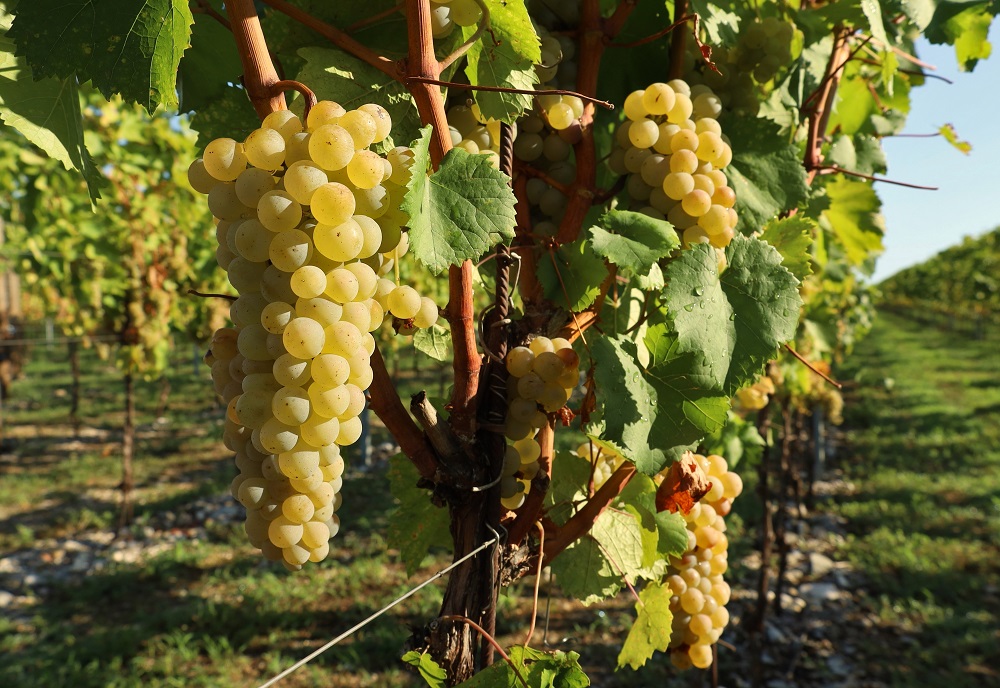
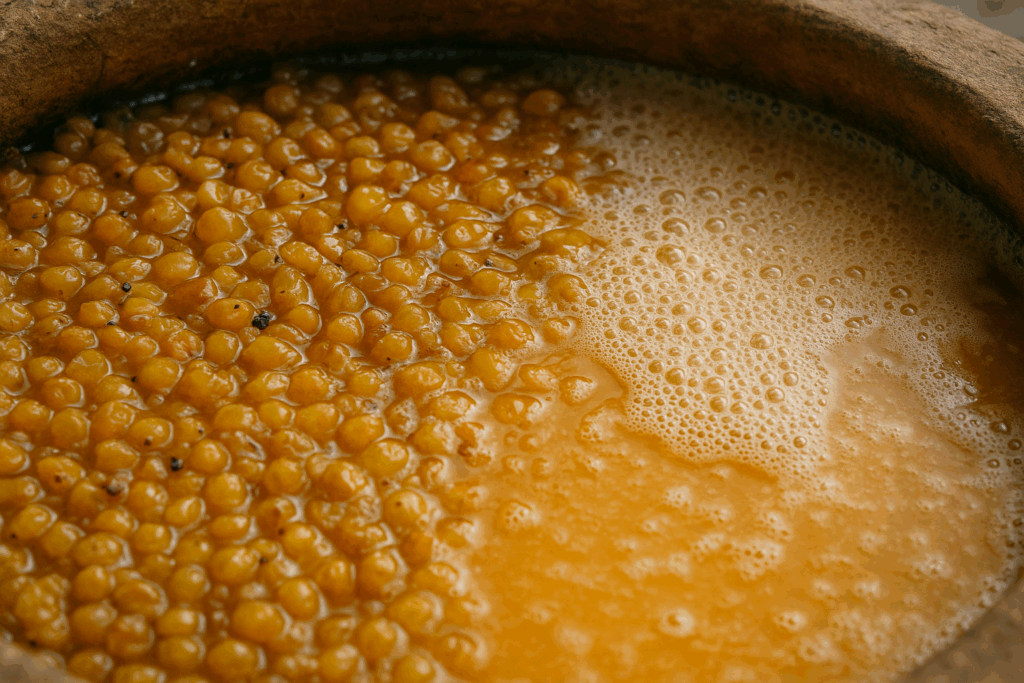
3. Iconic terroirs of orange wine
Amber wine is intimately connected to its terroir, which influences its color, aromatic profile, and structure. Its millenary history and recent popularity are rooted in specific regions around the world.
Georgia: historical cradle and qvevri
Georgia is considered the birthplace of orange wine, where qvevri fermentation (large clay amphorae buried underground) has been practiced for over 8,000 years. This traditional technique allows for extended maceration and the development of intense aromas of dried fruits, candied citrus, and spices. The region’s diverse soils and continental climate provide Georgian wines with remarkable tannic structure and complexity.
Italy and Slovenia: European centers of the orange wine renaissance
- Friuli and Collio (Italy): Renowned for refined and aromatic orange wines, often made from local grape varieties such as Friulano, Ribolla Gialla, and Malvasia. Notable producers: Josko Gravner, Stanko Radikon
- Sicily (Italy): Orange wines have a long tradition and are experiencing a modern revival, appealing to natural wine enthusiasts and sommeliers seeking unique styles. Notable producers: Arianna Occhipinti, COS (Zibbibo grape)
- Brda (Slovenia): These wines are fruity and elegant, showcasing how the Mediterranean terroir shapes flavor and tannin finesse. Notable producers: Movia, Krasno Orange
France: Alsace, Jura, and Languedoc
- Alsace: Contemporary experimentation on local white grape varieties with short or long macerations, producing expressive and structured wines. Examples: Marcel Deiss Le Jeu des Verts, Vincent Stoeffler
- Jura: Orange wine tradition with Chardonnay and Savagnin, often rich in controlled oxidative styles.
- Languedoc: Diverse grape varieties and Mediterranean influence create fruity and spicy wines, ideal for local gastronomy. Example: Gérard Bertrand Villa Soleilla
New World: Australia, California, and South Africa
Orange wine has also gained attention in the New World:
- Australia (Adelaide Hills, Barossa Valley): Aromatic wines, sometimes more powerful and round, with modern blends.
- California (Sonoma, Mendocino): Warm and sunny climate influences long macerations and innovative styles.
- South Africa: Local white grapes with skin-contact vinification, producing intense and mineral-driven wines. Example: Badenhorst Sécateurs
Terroir Influence on Aromatic Profile
The terroir determines:
- Aromatic concentration: dried fruits, citrus, spices
- Tannic structure and acidity
- Fineness and expression of the grape, which can vary greatly across regions
Each region contributes a unique signature to orange wine, making every bottle distinctive and a true reflection of its origin.
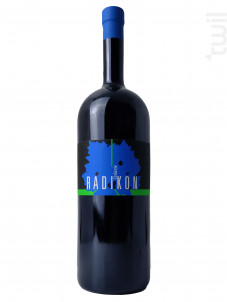
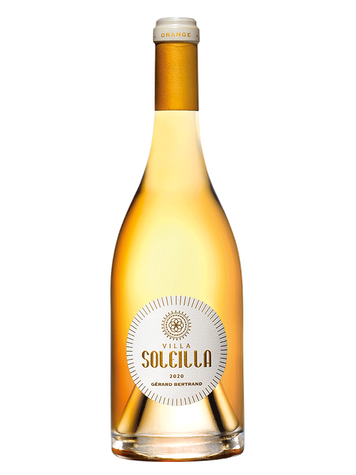
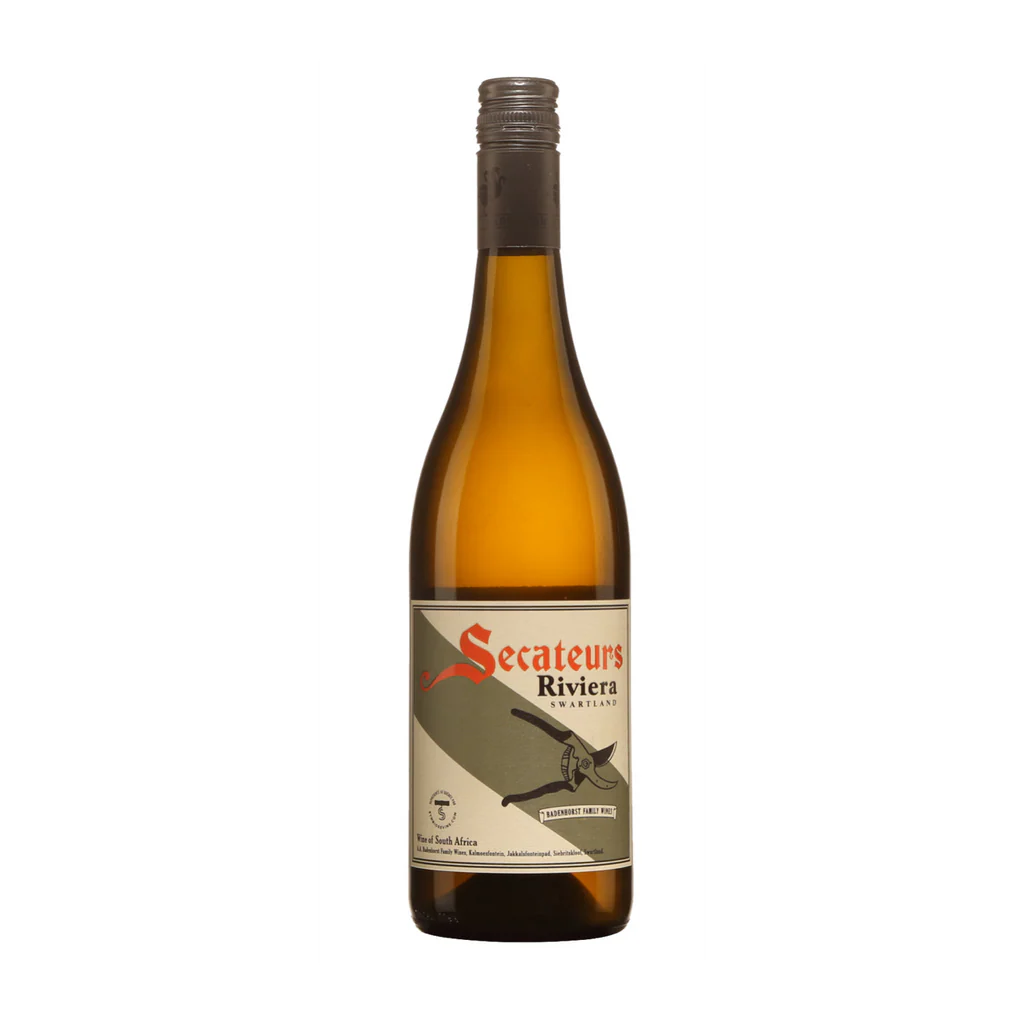
4. Winemaking and specific techniques of orange wine
The winemaking of orange wine is defined by extended skin-contact maceration, which lies at the heart of its unique style. This step, combined with precise techniques, shapes its color, structure, and characteristic aromas.
Skin-contact maceration and duration
Unlike classic white wines, white grapes destined for orange wine ferment with their skins. The maceration duration can vary from a few days to several months, depending on the style desired:
- Short maceration: fresh, aromatic, and approachable wines
- Long maceration: structured, tannic, and complex wines with notes of dried fruits, spices, and citrus zest
This step allows orange wines to develop a coppery to amber color, along with the distinctive texture and roundness typical of the style.
Fermentation and aging
- Fermentation: Can take place in stainless steel tanks, concrete, amphorae (qvevri), or barrels, with careful temperature control to preserve freshness and aromas.
- Aging: Often extended over several months to stabilize the wine and integrate tannins. Neutral or used barrels are preferred to maintain the wine’s typicity without masking its character.
Modern Ttechniques and innovations
Contemporary winemakers experiment with several methods:
- Micro-oxygenation: Refines tannins and enhances mouthfeel and roundness
- Selected vs. native yeasts: Some wineries rely on indigenous yeasts to preserve the wine’s unique character, while others use selected yeasts for consistency
- Blending: Orange wine can be made as a single varietal or blended with other white grape varieties to increase aromatic complexity and structure
Orange wine winemaking is a delicate balance between tradition and innovation. Skin-contact maceration, controlled aging, and technical choices create expressive, aromatic wines with strong typicity, offering a truly unique sensory experience.
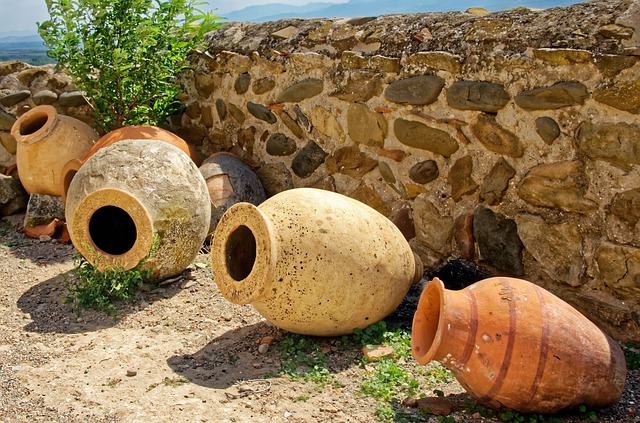
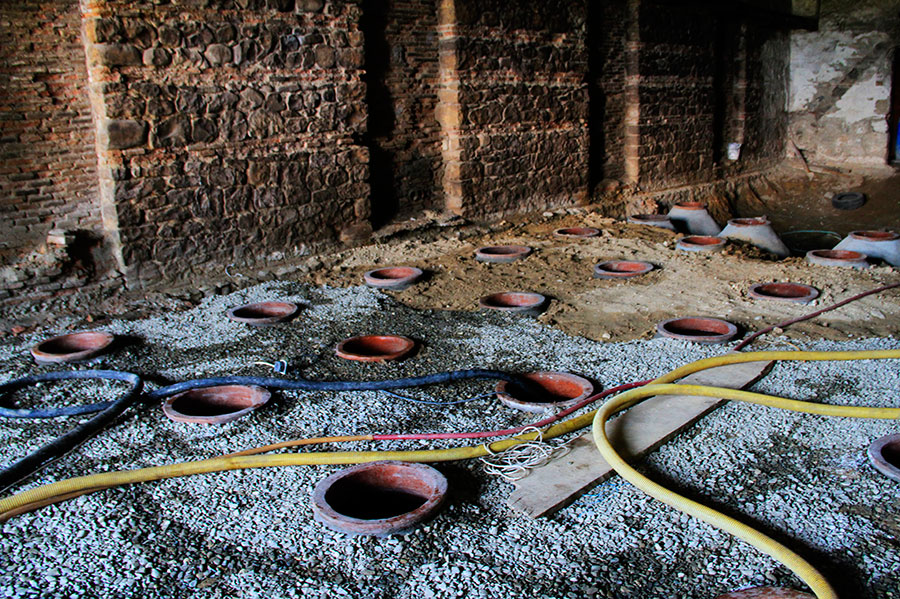
5. Sensory analysis and tasting of orange wine
Orange wine offers a unique sensory experience that combines the finesse of white wine with the structure of red wine. A detailed analysis helps to understand its characteristics and taste it like a professional.
Color
Orange wines display a distinctive range of colors:
- Light amber-yellow: typical of wines with shorter maceration
- Deep orange or copper: resulting from extended skin-contact maceration or prolonged aging
This color directly reflects the duration of skin contact and the type of grapes used.
Aroma / Nose
The aromatic profile of orange wine is complex and captivating:
- Dried fruits: dried apricot, plum, walnut, baked apple
- Candied citrus: orange, lemon, zest
- Spices: cinnamon, white pepper, ginger
- Oxidative or mineral notes: subtle hints of hazelnut or honey depending on the aging and terroir
These aromas are shaped by skin-contact maceration and natural winemaking techniques.
Palate / Mouth
On the palate, orange wine stands out with:
- Tannins: often present even in white grapes, providing structure and texture
- Acidity: medium to high depending on the grape and terroir, offering freshness and balance
- Structure and length: intense, persistent wines with increasing complexity as they evolve
The combination of tannins, acidity, and texture makes orange wine versatile for food pairings.
Tips for professional tasting (WSET approach)
- Observe the color to estimate maceration duration and wine style.
- Smell the wine carefully, noting the aromatic layers from fruity to oxidative notes.
- Take a small sip, evaluating tannins, acidity, and mouthfeel.
- Assess length and complexity to fully appreciate the wine’s typicity.
Following these tasting steps helps to understand skin-contact winemaking and trains the palate to identify orange wines and their subtle variations.
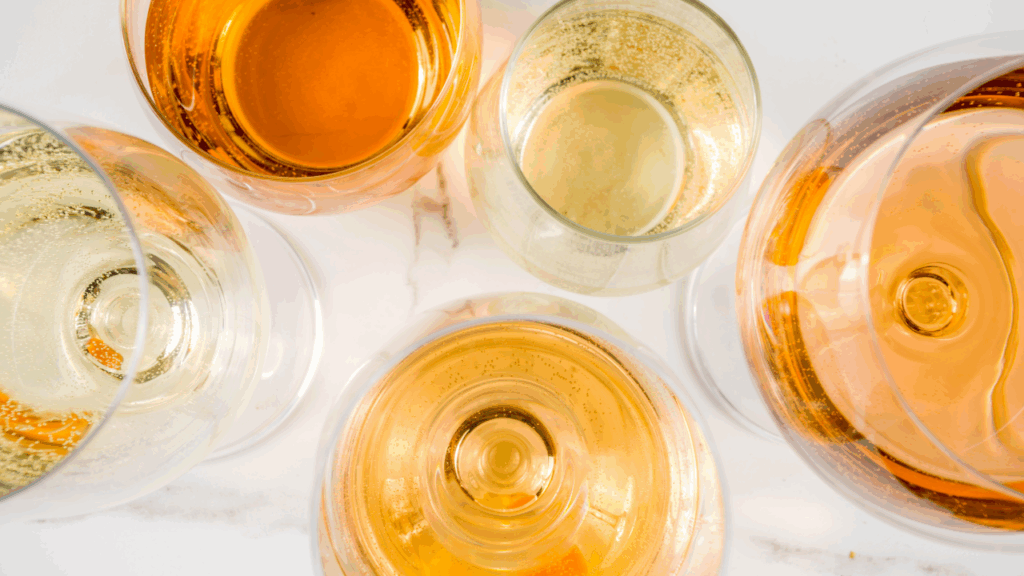
6. Food & wine pairing with orange wine
Thanks to its structure, tannins, and aromatic richness, orange wine offers unique versatility for culinary pairings. Understanding its profile allows you to elevate dishes and create memorable gastronomic experiences.
Recommended dishes for orange wines
- Mediterranean cuisine: grilled vegetables, tagines, chickpea-based dishes, ratatouille, roasted eggplants or squash. The tannins and acidity of orange wine perfectly complement rich and spiced flavors.
- Asian cuisine: lightly spiced dishes, mild curries, fatty fish sushi, or soy-based dishes. The aromatic intensity of orange wine balances the strength of spices and the complexity of sauces.
- Aged cheeses and charcuterie: matured sheep and goat cheeses, Comté, Mimolette, and lightly spiced cured meats. The tannins and texture of orange wine create an elegant contrast with the richness and saltiness of these foods.
Tips according to orange wine style
- Light and fresh wines: pair with delicate dishes, fine textures, and moderate spices to avoid overpowering the wine.
- Rich and tannic wines: pair with more structured or spiced dishes, roasts, stews, or strong cheeses to create balance between wine and food.
Weeno expert tips to optimize your tasting experience
- Serving temperature: 12–14°C for rich wines, 10–12°C for light wines to highlight freshness and aromas.
- Glassware: use a wide glass for tannic wines to aerate and release aromas.
- Progressive tasting: start with small sips and experiment with different pairings to appreciate the interaction between wine and food flavors.
- Highlight terroir: choose dishes that emphasize the wine’s regional influences, e.g., Mediterranean vegetables for Italian or Georgian orange wines.
Orange wine stands out for its ability to create original and surprising harmonies, offering both wine enthusiasts and professionals a rich and memorable gastronomic experience.
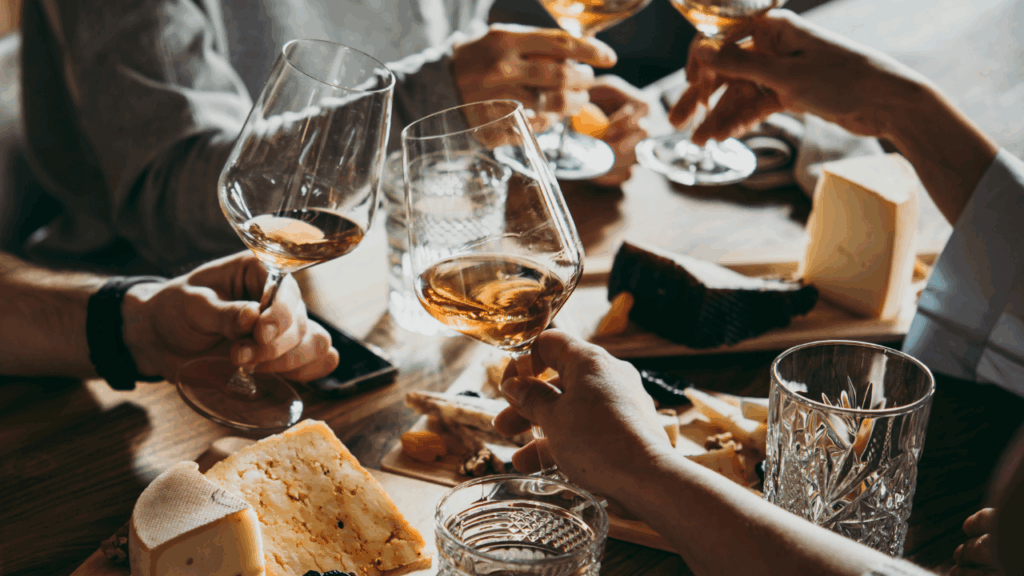
7. Trends and market of orange wine
Orange wine has experienced a remarkable surge in interest in recent years, attracting both curious wine enthusiasts and industry professionals. Its uniqueness and aromatic richness make it a highly sought-after product for innovative tasting experiences and creative wine lists.
Growing popularity in France and internationally
In France, regions such as the Jura, Alsace, Languedoc, and the Rhône Valley are seeing an increasing number of orange wine producers, benefiting from consumer curiosity and the growing interest in natural and macerated wines.
Internationally, orange wines are also gaining traction in North American, Asian, and European markets, valued for their authenticity, unique vinification methods, and gastronomic potential.
New producers and specialized estates
Many winemakers are adopting orange wine production to differentiate themselves and offer innovative products on the market.
Specialized estates, often certified organic or biodynamic, focus on white grapes and extended macerations, producing single-varietal wines or original blends.
This movement appeals to an experimental and curious clientele, open to atypical wines and unconventional styles.
Opportunities for wine professionals
- Sommeliers: incorporating orange wines allows for more diverse wine lists and original food pairings.
- Wine merchants: these wines offer a unique commercial opportunity, with rare products and high added value.
- Educators and trainers: teaching orange wine, its sensory profile, and vinification techniques enriches expertise and attracts passionate students.
Orange wine is thus a growing market, combining tradition and innovation, and offering remarkable opportunities for professionals seeking to stand out in the wine world.
Orange wine is a unique and fascinating style that deserves the attention of both wine professionals and passionate enthusiasts.
Its atypical vinification, complex aromas, and ability to fully express the terroir make it a strategic wine to know and master.
Exploring, tasting, and analyzing orange wines allows you to develop your palate, refine your expertise, and better understand the subtleties of maceration vinification.
To take your knowledge further and turn your curiosity into professional competence, follow the WSET courses at Weeno. Our programs combine theory, tasting, and professional practice, giving you all the tools to master orange wineand enhance your expertise in other wine styles.
➡️ Discover our WSET courses and master orange wine today: weenodrinksacademy.com/formations-wset
